The MV Agusta 921 S concept reinterprets vintage design while fusing it with cutting-edge technology. Instead of being a refined exercise in style, it is a conceptual preview of a brand-new category of bikes that will be created and introduced in the upcoming years.
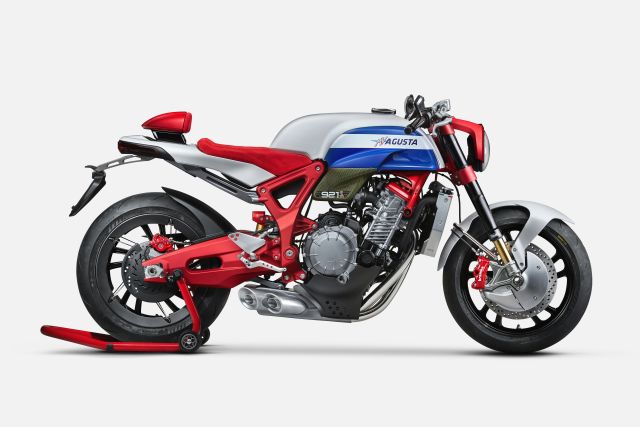
The 1973 MV Agusta 750S was the inspiration for the 921 project, which was started by Brian Gillen and Stephen Zache. They wanted to use it as the foundation for a future vehicle that was also deeply rooted in tradition and history. With the 921 project, the difficulty lay in escaping the retro segment’s conventional framework, which often calls for an upgraded version of an old model. The MV Agusta project, in contrast, develops a new technological and architectural framework that anticipates truly innovative solutions and concepts.
The line is fairly horizontal, resembling 1960s and 1970s café racers. The body of the idea has been completely disassembled to make place for the innovative in-line four engine. This engineering marvel commands attention, its mechanical components contributing to the beauty and initially defining the motorcycle’s personality. Integration, a goal of the project that is also crucial, is realised in the futuristic yet historically accurate technology.
Resting on the tank, a touchscreen instrument console ensures that the futuristic handlebar and beautifully-machined upper yoke remain visible. Two short race-inspired semi-handlebars are secured to the aerodynamically-contoured central section created in forged aluminium in differentiated sections.
The entire tail section is created with the aim of facilitating the switch from an Alcantara-covered single seat to a two-seater saddle. The round headlight gets an exciting style boost with a perimetral area of DRLs, a decorative metal ring and a powerful central light.
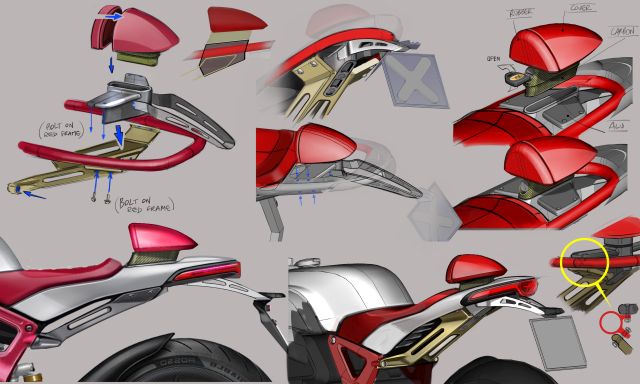
As for the engine, the in-line four has been redesigned and delivers 115.5 hp at 7,000 rpm, with 116.5 Nm of peak torque. Many technical solutions add to the overall performance, from revised intake ducts to a more efficient liquid-cooling circuit, and even new camshaft profiles, designed to offer a particularly progressive throttle response, which amplifies the ease of use. The rods and pistons are specific to this four-cylinder unit, as is the entire intake system (throttle bodies and injectors).
The technical equipment is state-of-the-art because this motorcycle uses carbon-fibre generously from the chassis to the swingarm to the wheels. The four exhausts are located under the engine. The front brake covers are functional too because they channel air to the calipers and enable them to cool more quickly. The frame mimics the renowned MV Agusta new-generation layout, with side plates made of an aluminium alloy and a welded steel tube trellis.
Story: Vaibhav Kashyap
Also read: Eurogrip Showcase New Tyres at EICMA 2022

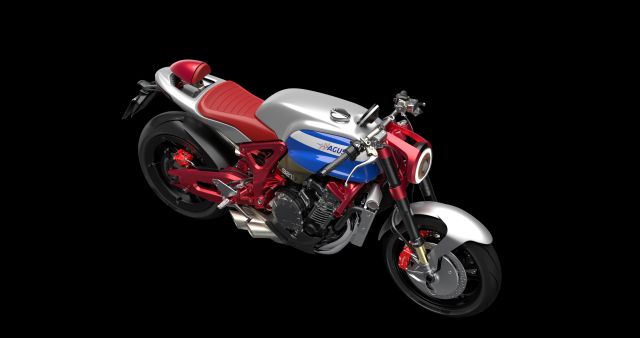
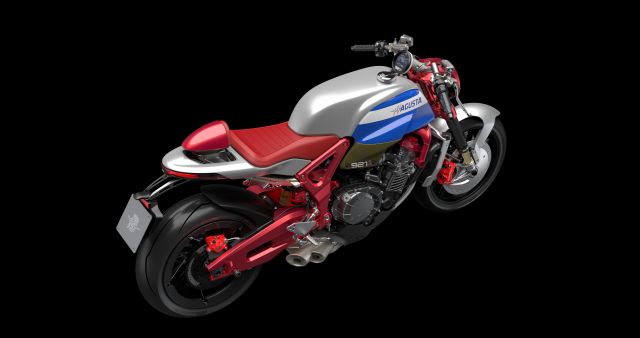
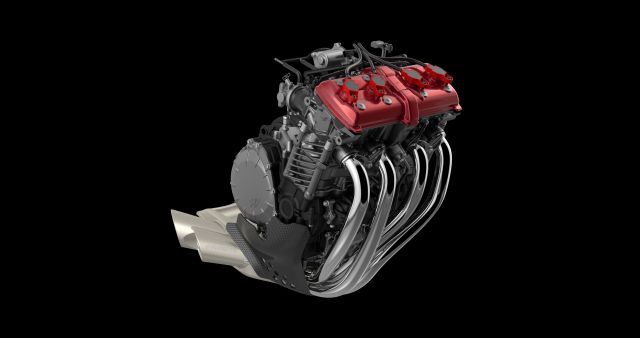
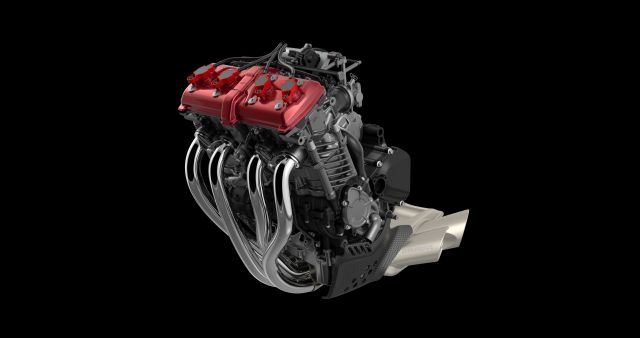

Leave a Reply